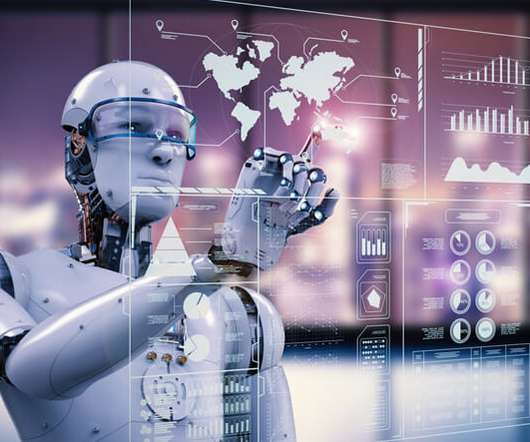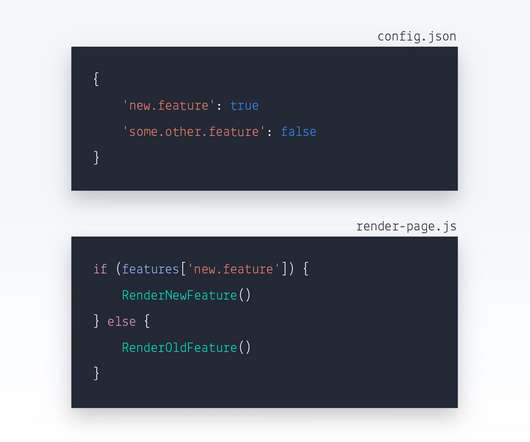Kubernetes and Artificial Intelligence/Machine Learning (AI/ML) — Four Things to Understand Today
Blue Sentry
MAY 17, 2021
consumer goods, energy, healthcare, logistics, automotive, etc.) Cloud Computing Holds the Key to ML Computing Woes. So, the issue of computing is entirely solved by cloud computing. Now you have to manage your avalanche of microservices to enable those machine learning workflows you’ve always dreamed about.















Let's personalize your content